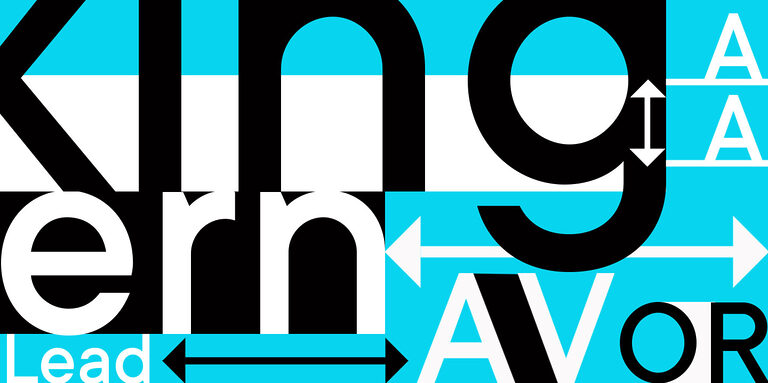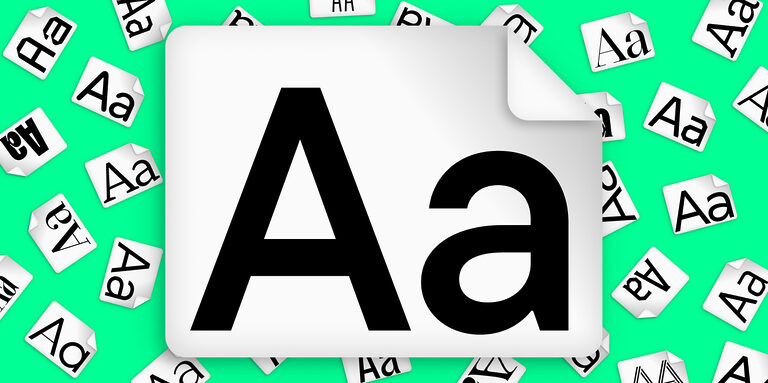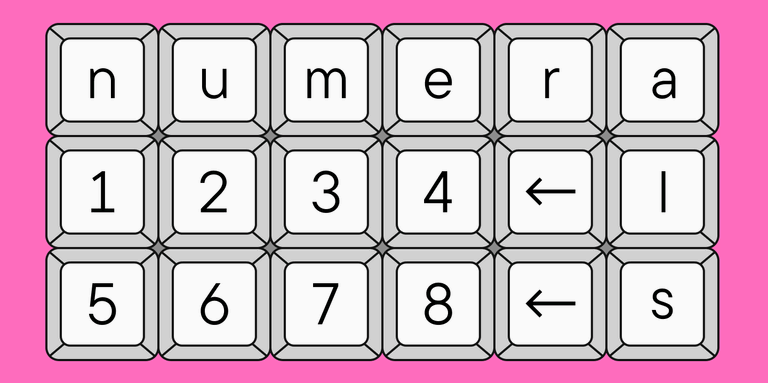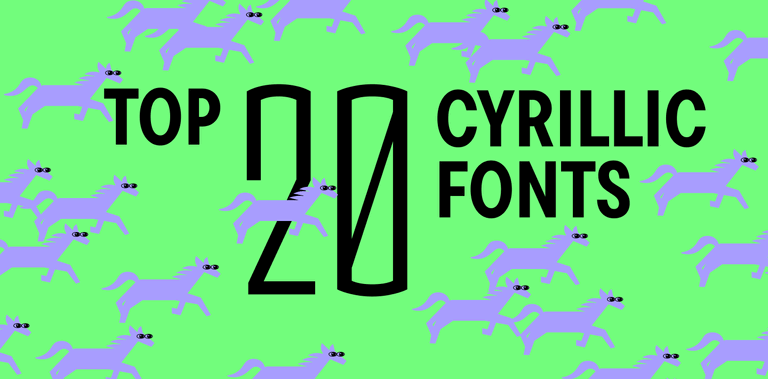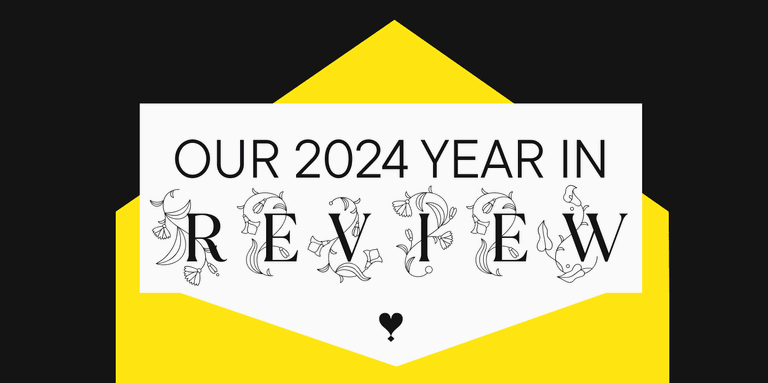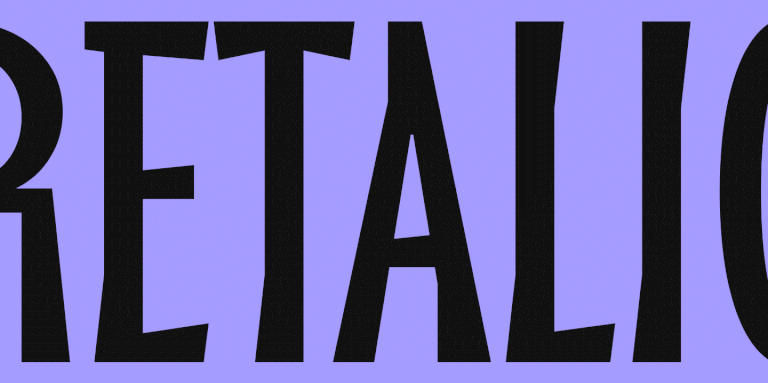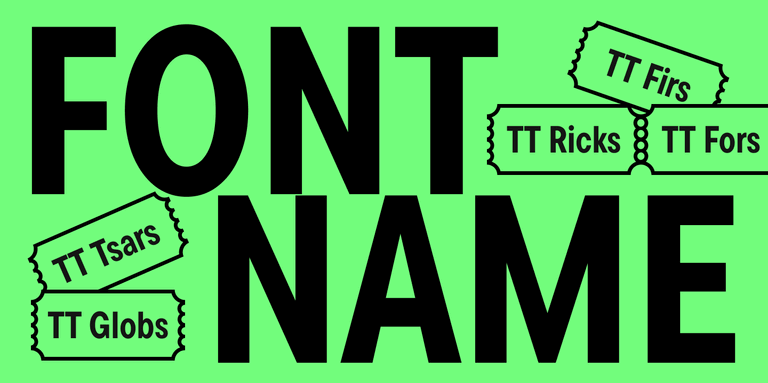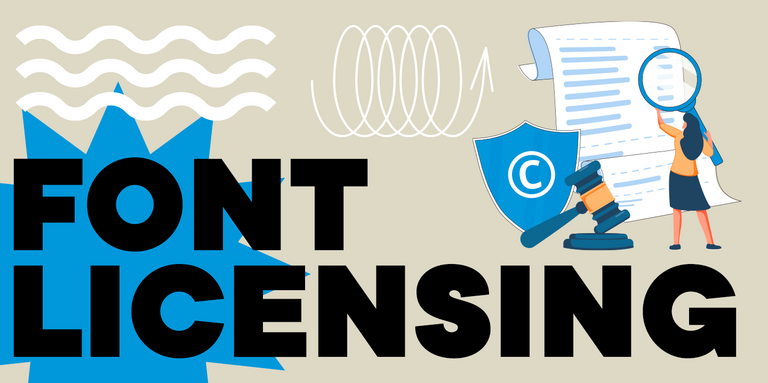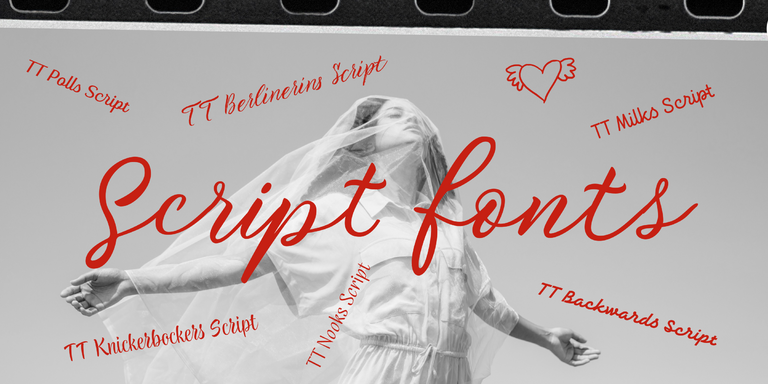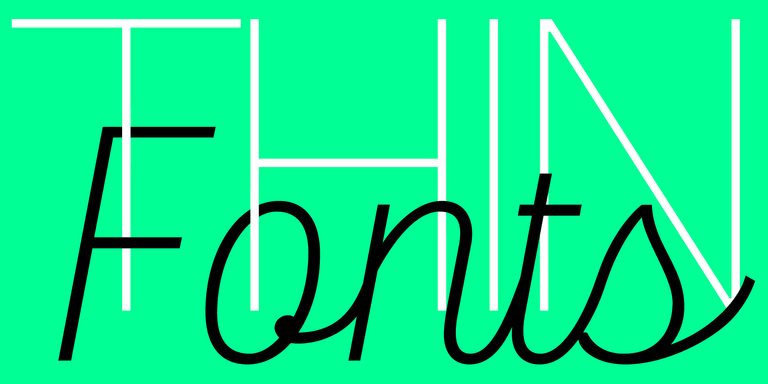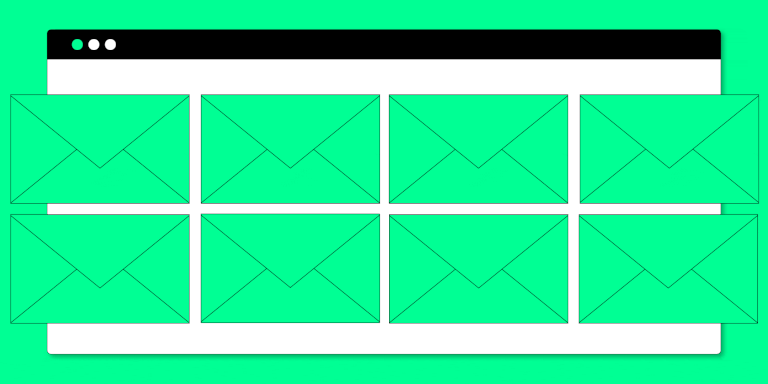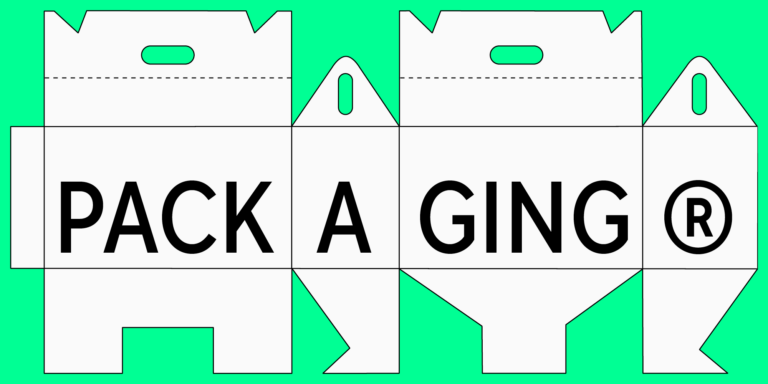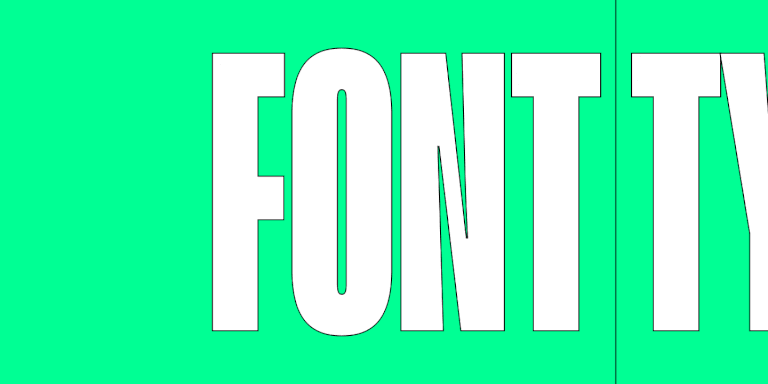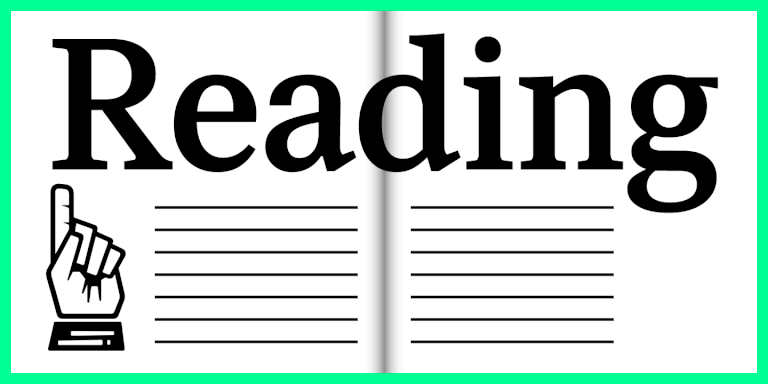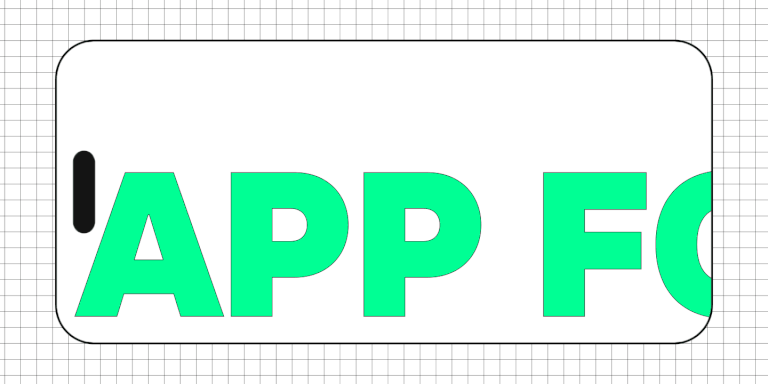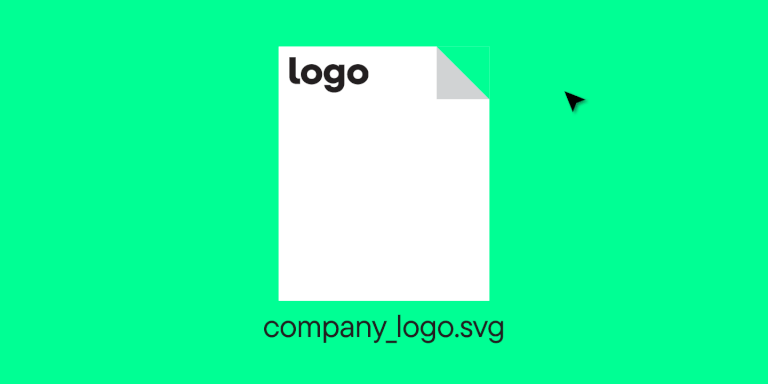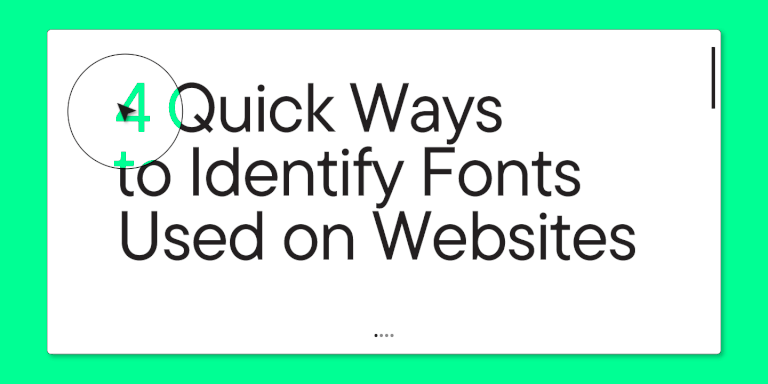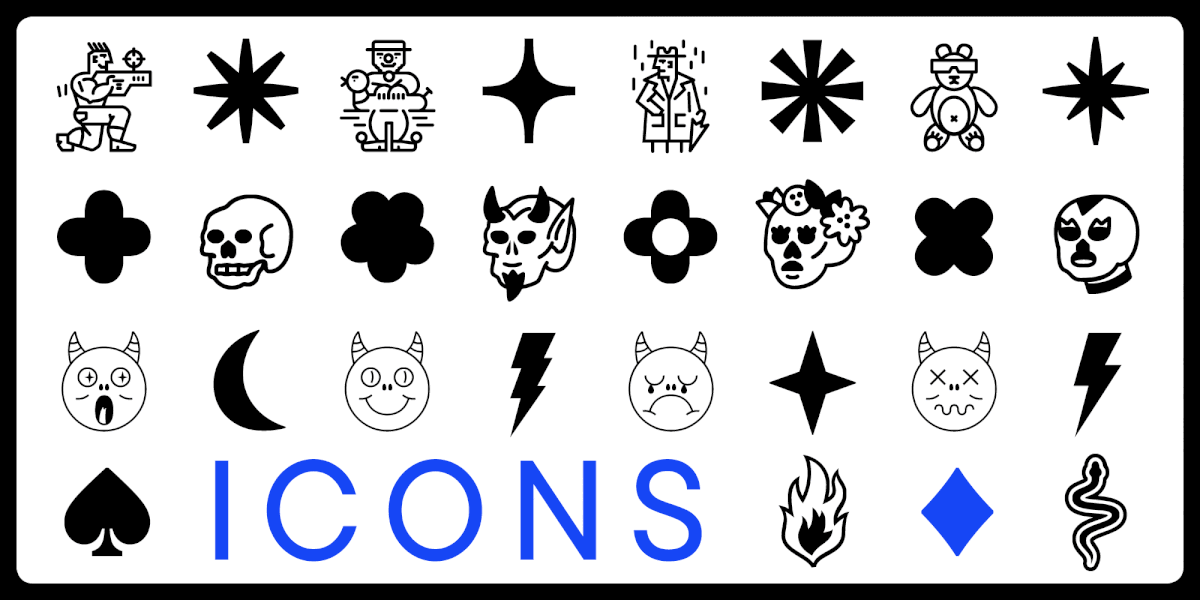
Además del conjunto básico de letras, signos y símbolos, la mayoría de las fuentes también incluyen otros elementos gráficos. Estos pueden ser flechas simples y figuras circunscritas o ilustraciones más complejas, como plantas, animales o personas adaptadas para encajar con el estilo de la fuente. Sin embargo, incluso los íconos más sencillos pueden verse diferentes en distintas fuentes.

¿De qué depende su apariencia? ¿Cómo y por qué se diseñan? ¿En qué variaciones vienen? En este artículo, nos centraremos en estas preguntas y presentaremos los íconos e ilustraciones más cautivadores de las fuentes de TypeType.
Una pequeña historia: ¿Cómo aparecieron las flechas y los signos?
Las flechas son uno de los elementos gráficos básicos incluidos en casi todas las tipografías. De hecho, no encajan completamente en la categoría de íconos. Sin embargo, nos gustaría hablar un poco más sobre las flechas porque se utilizan ampliamente en todo el mundo, principalmente como ayudas para la navegación. ¿De dónde provienen?
La flecha moderna, con la que todos estamos familiarizados, es un objeto gráfico sencillo: una línea recta con dos diagonales que se encuentran en un solo punto. Hace cuatrocientos años, la representación de una flecha se parecía a la flecha de un arquero, que en realidad es la base del símbolo. Con el tiempo, la ilustración se simplificó, perdió sus «plumas» y se convirtió en una imagen esquemática.
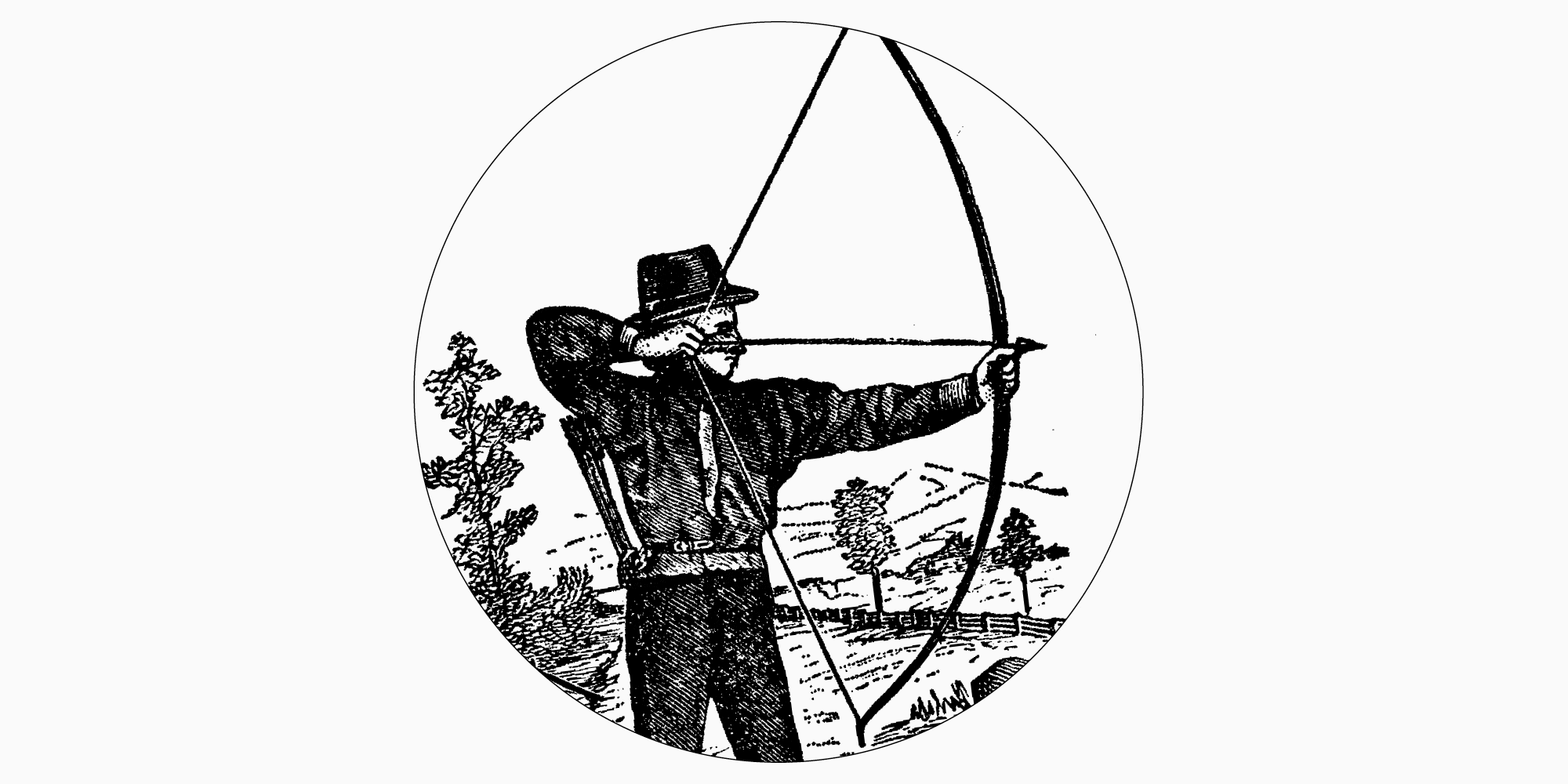
Hoy en día, la flecha es un símbolo universal que todos entienden. Es por eso que se utiliza incluso en los registros a bordo de las naves espaciales no tripuladas Pioneer 10 y Pioneer 11. Las ilustraciones en estas placas están destinadas a hipotéticos habitantes de otros planetas. Los símbolos comunican información sobre los seres humanos y la ubicación de la Tierra y el Sistema Solar en el Universo, por lo que los ilustradores decidieron que el significado de las flechas sería claro incluso para los extraterrestres.
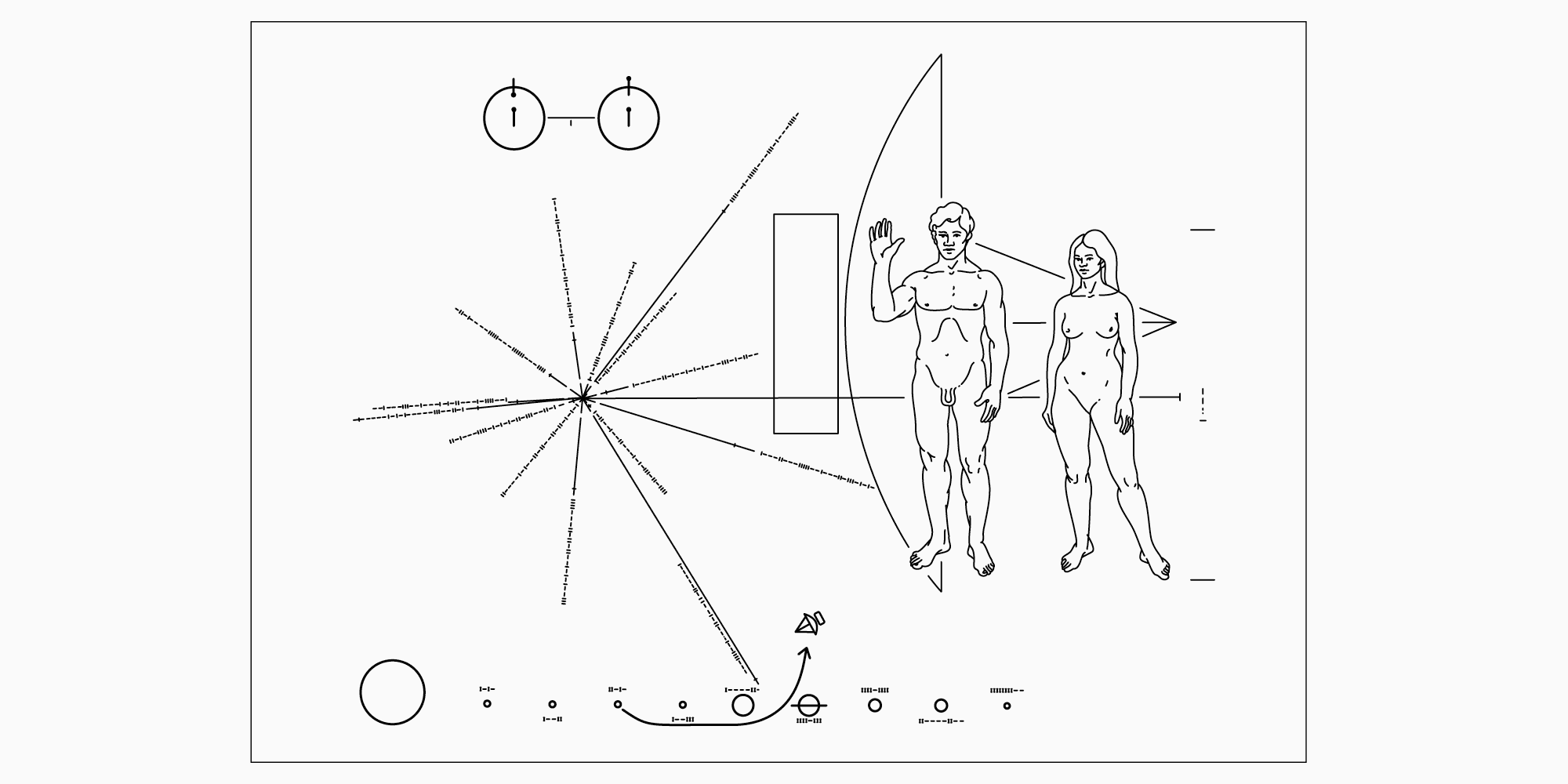
Sin embargo, estudios sugieren que las flechas no se usaban comúnmente como ayudas de navegación hasta el siglo XVIII. Antes, otros símbolos servían para este propósito. El símbolo de indicación registrado más antiguo es el dibujo que ves a continuación: está tallado en el pavimento de la ciudad de Éfeso y data aproximadamente del siglo I d.C. Muestra un pie junto a la cara de una mujer. ¿Por qué un pie? Esta imagen literalmente te invita a «seguir el camino» para llegar a algún lugar. Así, emparejado con la cara de una mujer, este signo de navegación indicaba el camino hacia el burdel.
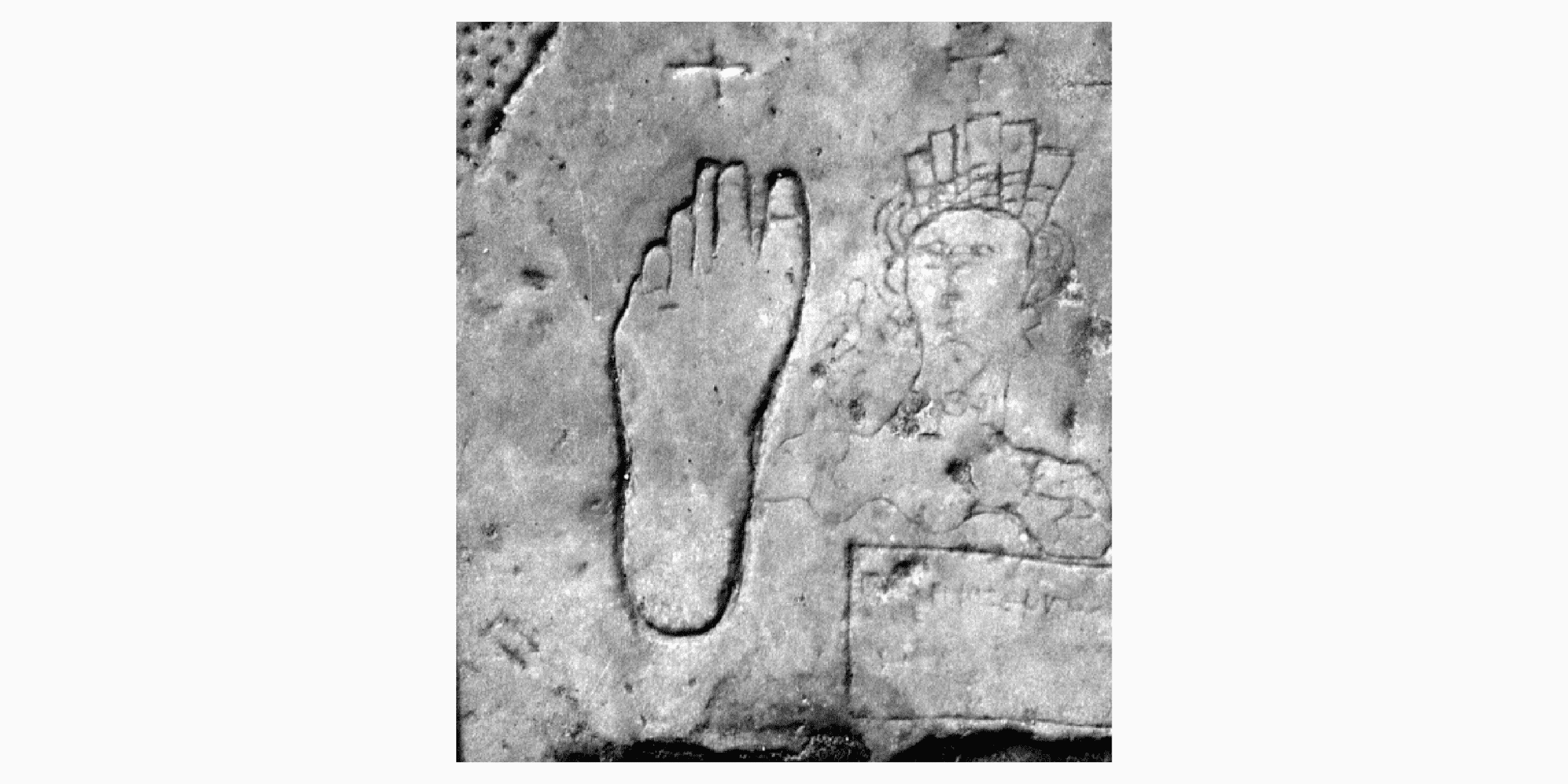
En el mundo moderno, el símbolo del pie también se utiliza en espacios públicos, como en los centros comerciales.

Aparte de eso, otro símbolo utilizado para indicar dirección fue la manícula, o mano señalando. Se cree que este símbolo surgió en España en el siglo XII d.C. Las manículas se usaban para hacer anotaciones en los márgenes de los textos, señalando fragmentos que necesitaban atención.
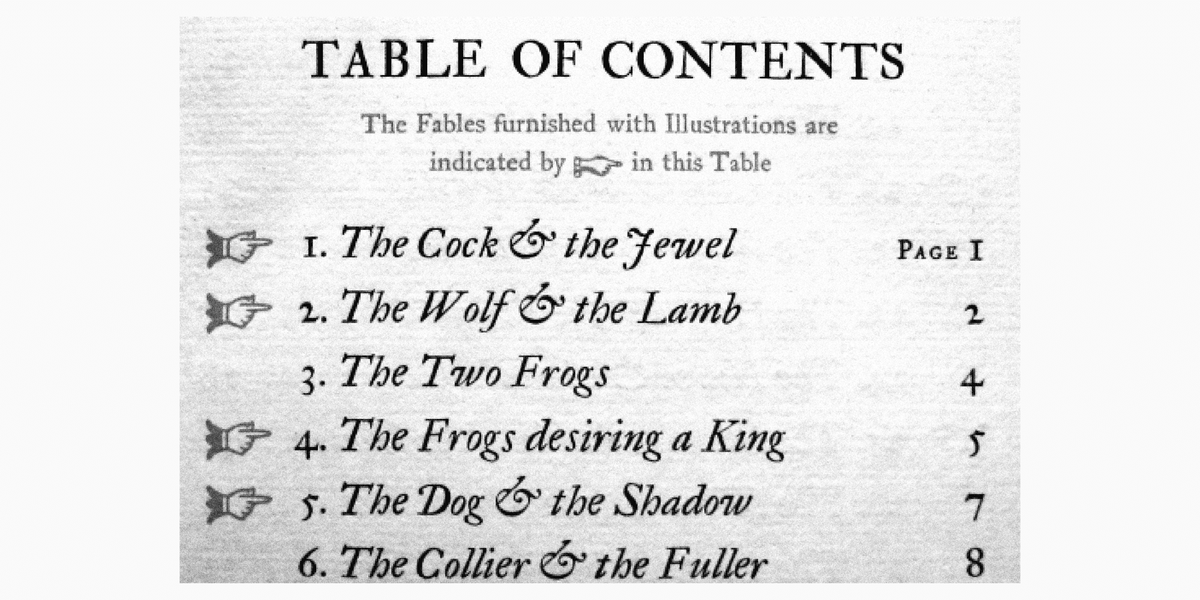
El brazalete que se ve, revela que es la mano del Arlequín. Sin embargo, a medida que la manícula ganó popularidad, sus representaciones se diversificaron. El período medieval se caracterizó por imaginaciones particularmente audaces en las manículas.

En resumen, el estilo del símbolo de la mano señaladora dependía de las características culturales e históricas y de la visión del autor. Ahora, exploremos los factores que influyen en la apariencia de los íconos en las fuentes modernas.
¿Qué impacta el gráfico de un icono?
Para empezar, respondamos a la pregunta de cuál es el propósito de los iconos en las fuentes. En primer lugar, son bellos. En segundo lugar, ayudan a transmitir la idea y el estado de ánimo de la fuente. En tercer lugar, pueden especificar el contexto de uso de la fuente. Incluso los iconos más básicos, como flechas, manículas, corazones, etc., tendrán apariencias distintas en diferentes fuentes.
Así que, el estilo visual de los iconos está determinado por dos factores:
- El estado general de ánimo de la fuente (tipografía);
- El rango de aplicación de la fuente.

Para diseñar un conjunto de iconos, es esencial comprender cuál es el mensaje de la fuente y qué asociaciones evoca. La construcción de los caracteres influye directamente en el estado de ánimo de la fuente: el grosor del vástago, el contraste, las ascendentes y descendentes, las serifas, etc. Todas estas características estructurales se reflejan en el gráfico de los iconos.
El propósito de la fuente también influye en el estilo de los iconos: los diseñadores pueden crear conjuntos específicos de iconos para dominios particulares.
Iconos e ilustraciones en las fuentes
Casi todas las tipografías de TypeType incluyen símbolos básicos, como figuras en círculos, flechas y otros indicadores. Estos son elementos estándar utilizados con frecuencia para fines de navegación, para crear una jerarquía en un texto (listas, por ejemplo), y más. Por lo general, no se clasifican como íconos, aunque tengan apariencias distintas en diferentes tipografías. Por ejemplo, en TT Norms Pro, nuestro versátil bestseller, el diseño de los símbolos se caracteriza por su simplicidad y elegancia. La flecha también mantiene una apariencia muy minimalista.

En una tipografía más tecnológica y robusta como TT Autonomous, la flecha tiene un aspecto algo diferente. El espacio en blanco en la tipografía es cuadrado, y los terminales y extremos de los trazos están cortados. Así, los cortes en las flechas reflejan las formas de los terminales, y el grosor del vástago es el mismo que en los caracteres. El estilo general del ícono es simple y elegante, sin elementos decorativos.

Los íconos e ilustraciones son elementos gráficos más complejos diseñados para una tipografía específica. Elegimos los ejemplos más llamativos de tipografías de TypeType con conjuntos de íconos para demostrar cómo el estilo y el propósito de la tipografía influyen en la apariencia de los íconos.
El puntiagudo TT Ricks
TT Ricks evoca las siguientes asociaciones: puntiagudo, afilado, un poco extravagante, enojado, místico. El conjunto de íconos de TT Ricks incluye símbolos que corresponden a este estado de ánimo: naipes, lunas crecientes, estrellas, candelabros y hongos venenosos.
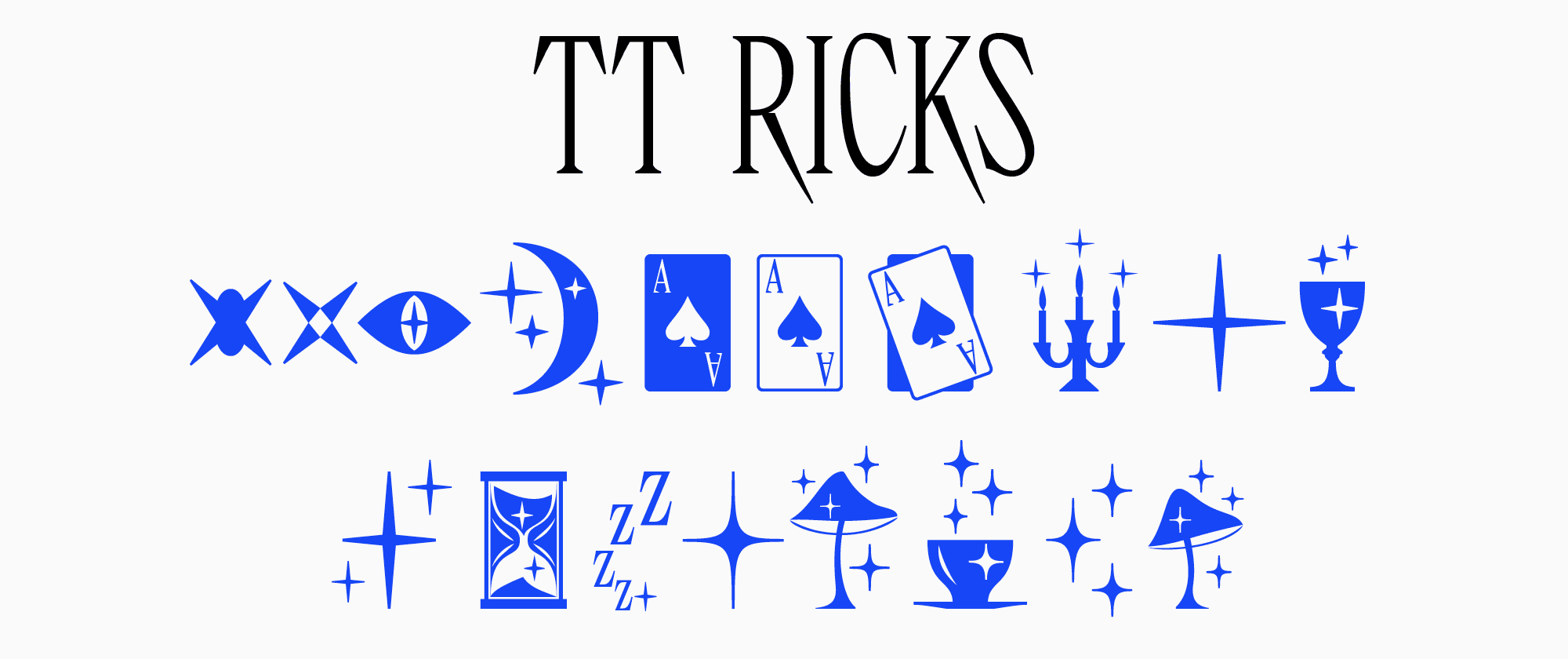
La estructura de los caracteres presenta serifas grandes y dinámicas. TT Ricks es una tipografía con alto contraste y una disposición densa de los caracteres. Todas estas características se reflejan en los gráficos de los íconos. Exploremos esto con una flecha como ejemplo. En este caso, la flecha tiene una punta puntiaguda, una barra delgada y un elemento decorativo en forma de diamante. Estas características refuerzan el concepto general de la tipografía.

El encantador TT Espina
TT Espina es otro ejemplo de cómo los gráficos de la tipografía influyen en los íconos. Se trata de una tipografía de alto contraste, algo agresiva, con formas en forma de diamante que recuerdan al estilo bohemio y a algo mágico. El conjunto de íconos de TT Espina hace referencia a estas asociaciones: incluye bolas de cristal, estrellas, cometas, cerillas y cristales.
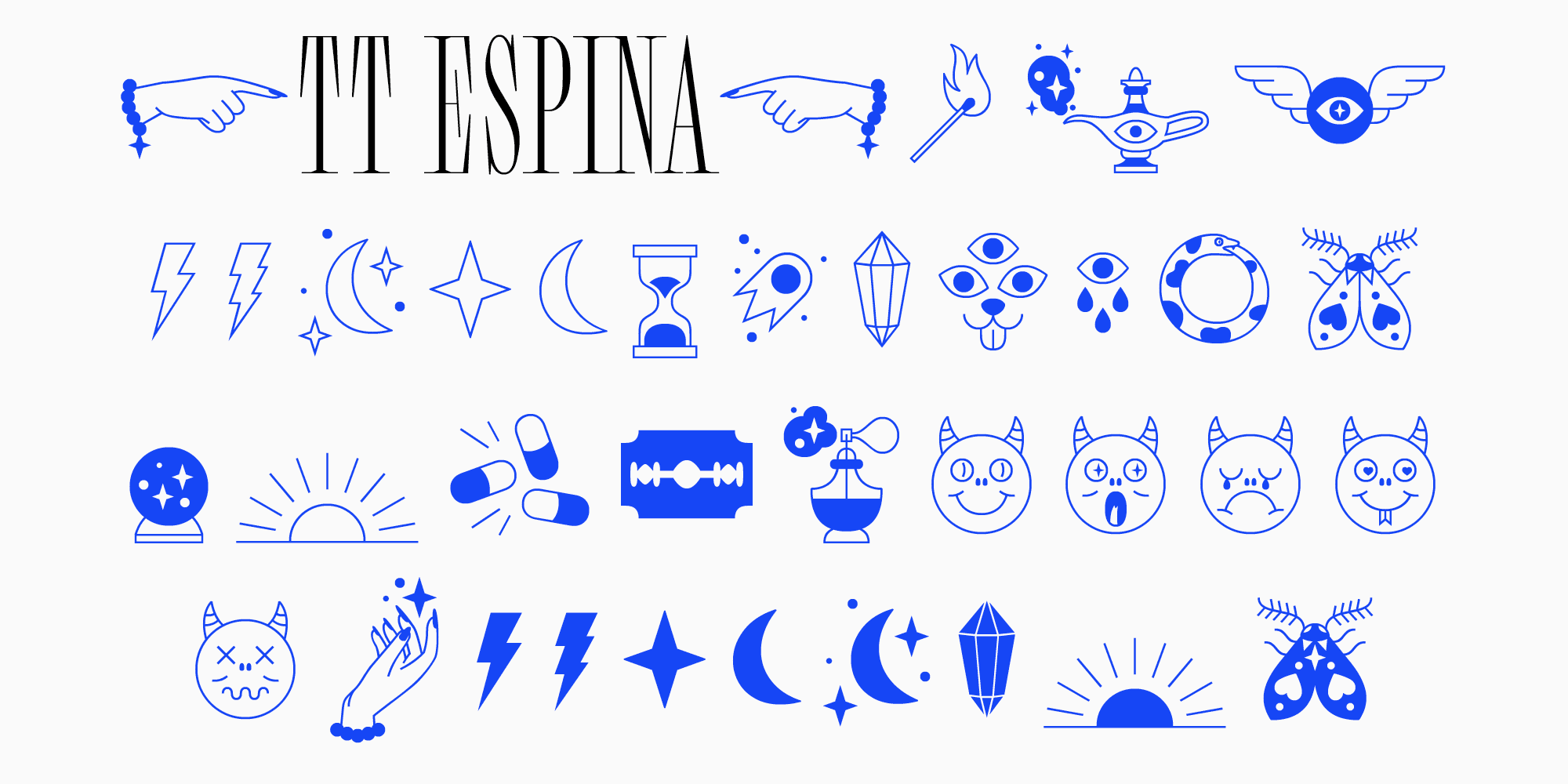
El TT Ricordi Greto con estilo
TT Ricordi Greto es una tipografía experimental inspirada en una placa de suelo de 1423 encontrada en la Basílica de la Santa Cruz, en Florencia. Las formas históricas de esta tipografía complementan los enfoques de diseño visual contemporáneos. La elección de los íconos para esta tipografía refleja esta característica única, con imágenes de dagas, huesos, calaveras, flores y serpientes. TT Ricordi Greto también incluye un conjunto de 13 palabras clave que se pueden utilizar como elementos de diseño individuales.
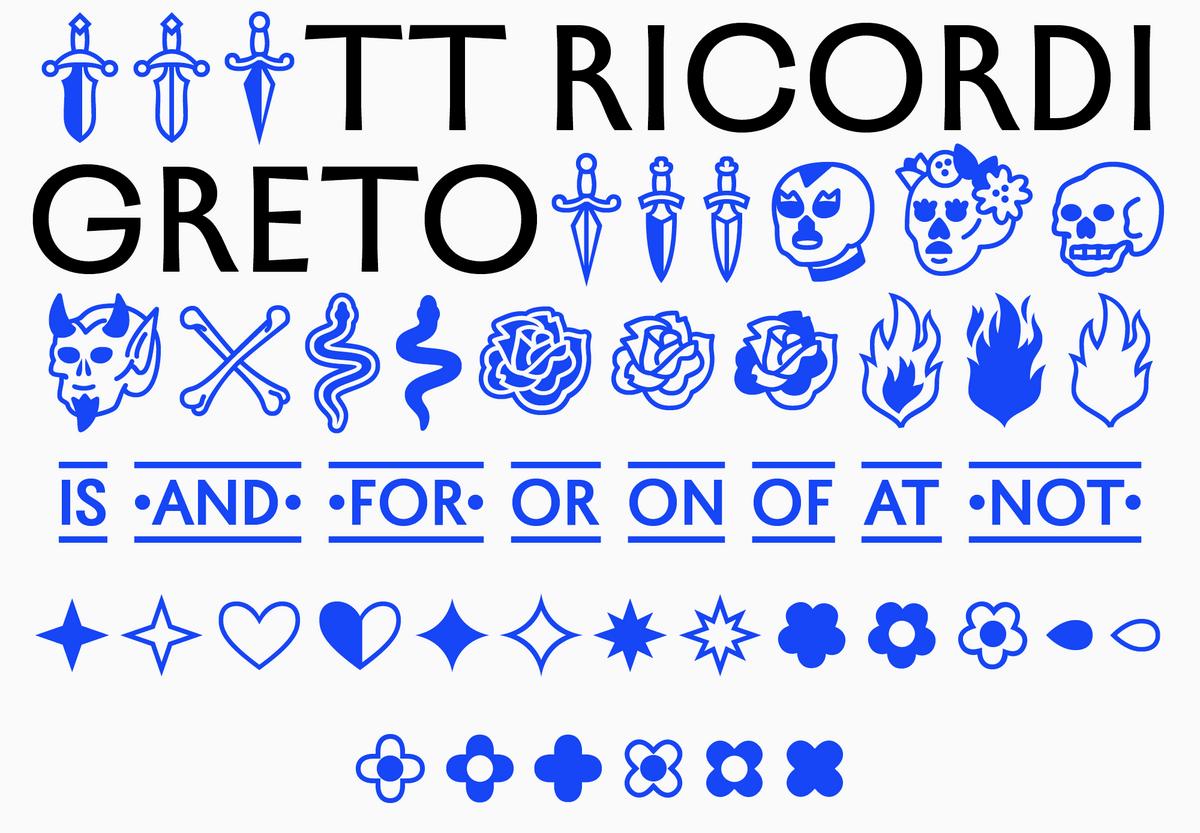
La tipografía de diseñador TT Globs
TT Globs es una tipografía slab serif estilizada e inusual con proporciones amplias. Transmite una vibra juguetona y ligera asociada con el verano. El conjunto de íconos de esta tipografía resalta todas estas características: incluye imágenes de ojos que recuerdan a las formas de los glifos, flores alegres e imágenes esquemáticas de planetas y galaxias.
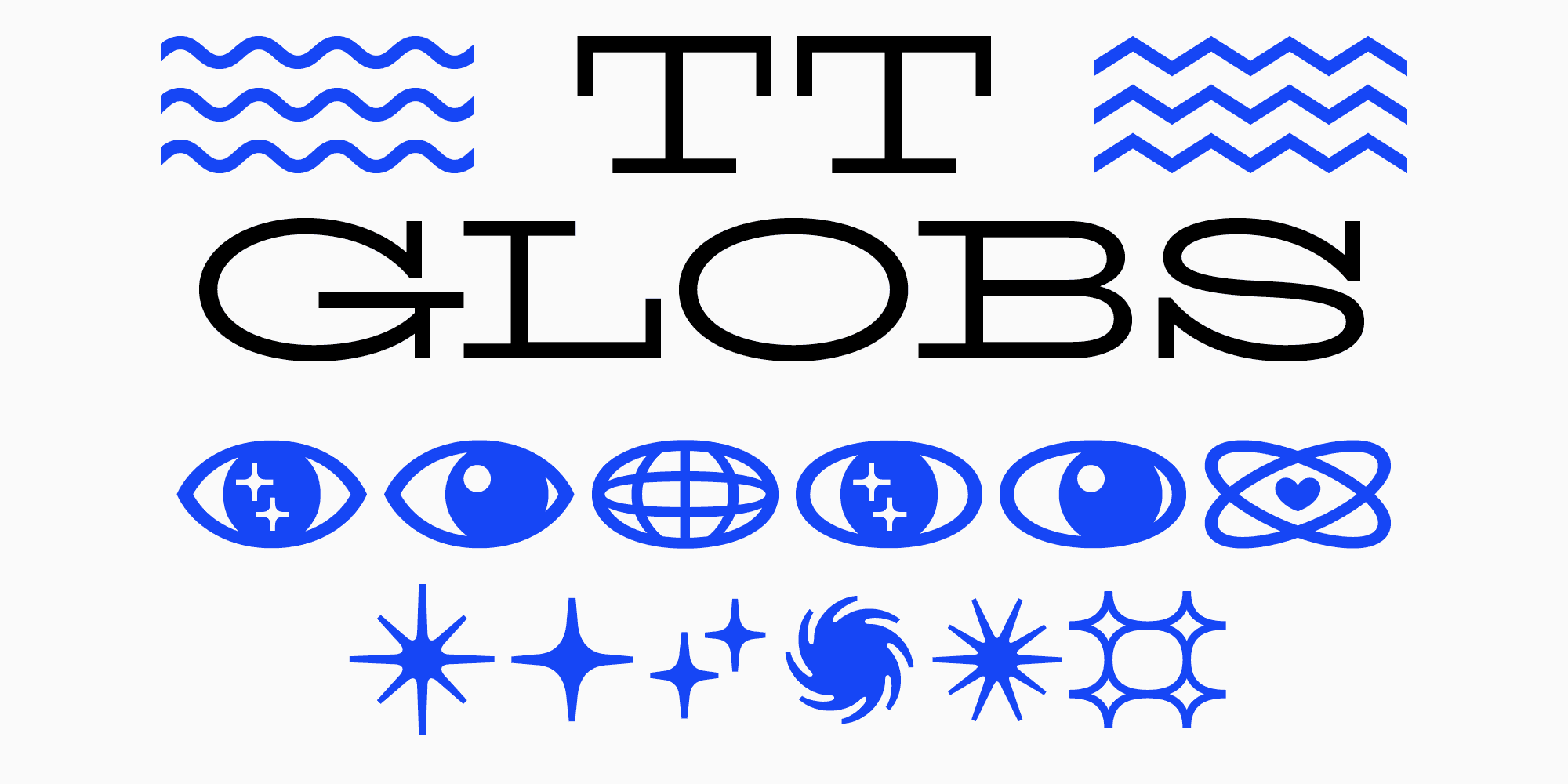
El cinematográfico TT Trailers
TT Trailers demuestra bien cómo el propósito de la tipografía puede influir en el conjunto de íconos. Fue diseñada para ser una fuente de carteles para la industria cinematográfica. Es estrecha y alargada para condensar eficientemente la mayor cantidad de información en un espacio limitado. TT Trailers incluye un conjunto de letras pequeñas diseñadas específicamente para ese propósito. El conjunto de íconos de esta tipografía también está relacionado con su área de aplicación: incluye entradas, una pantalla, un asiento, palomitas de maíz, señales de navegación, etc.
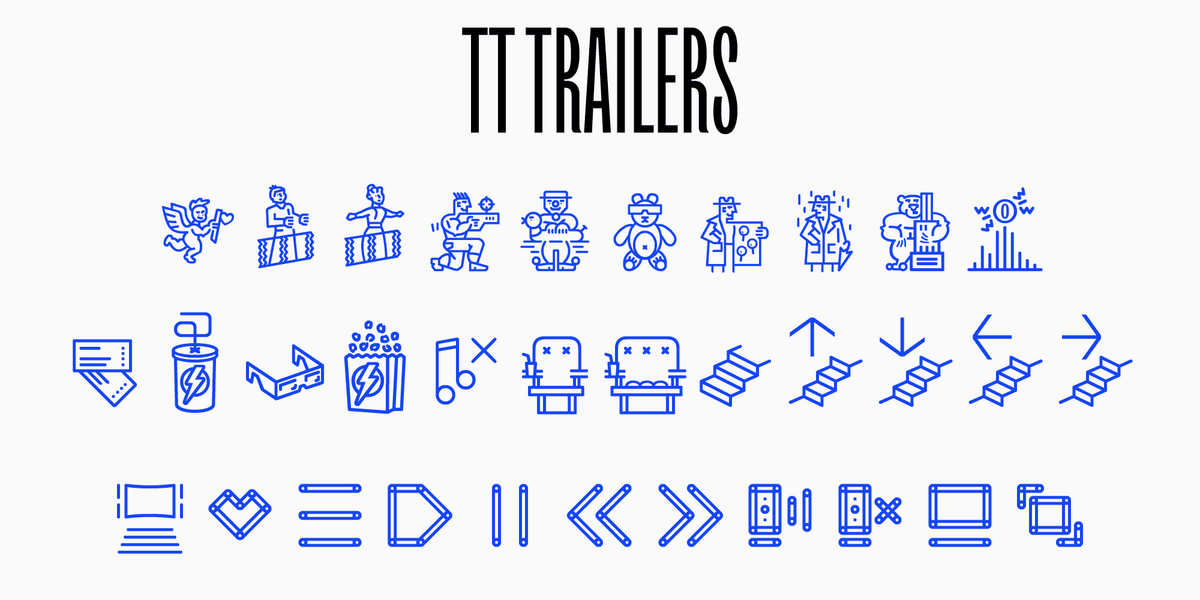
El conveniente TT Interphases Pro
Esta tipografía fue diseñada para ser utilizada en interfaces; por eso, incluye un amplio conjunto de íconos comúnmente usados en interfaces: flechas, tildes, engranajes, carpetas, etc.
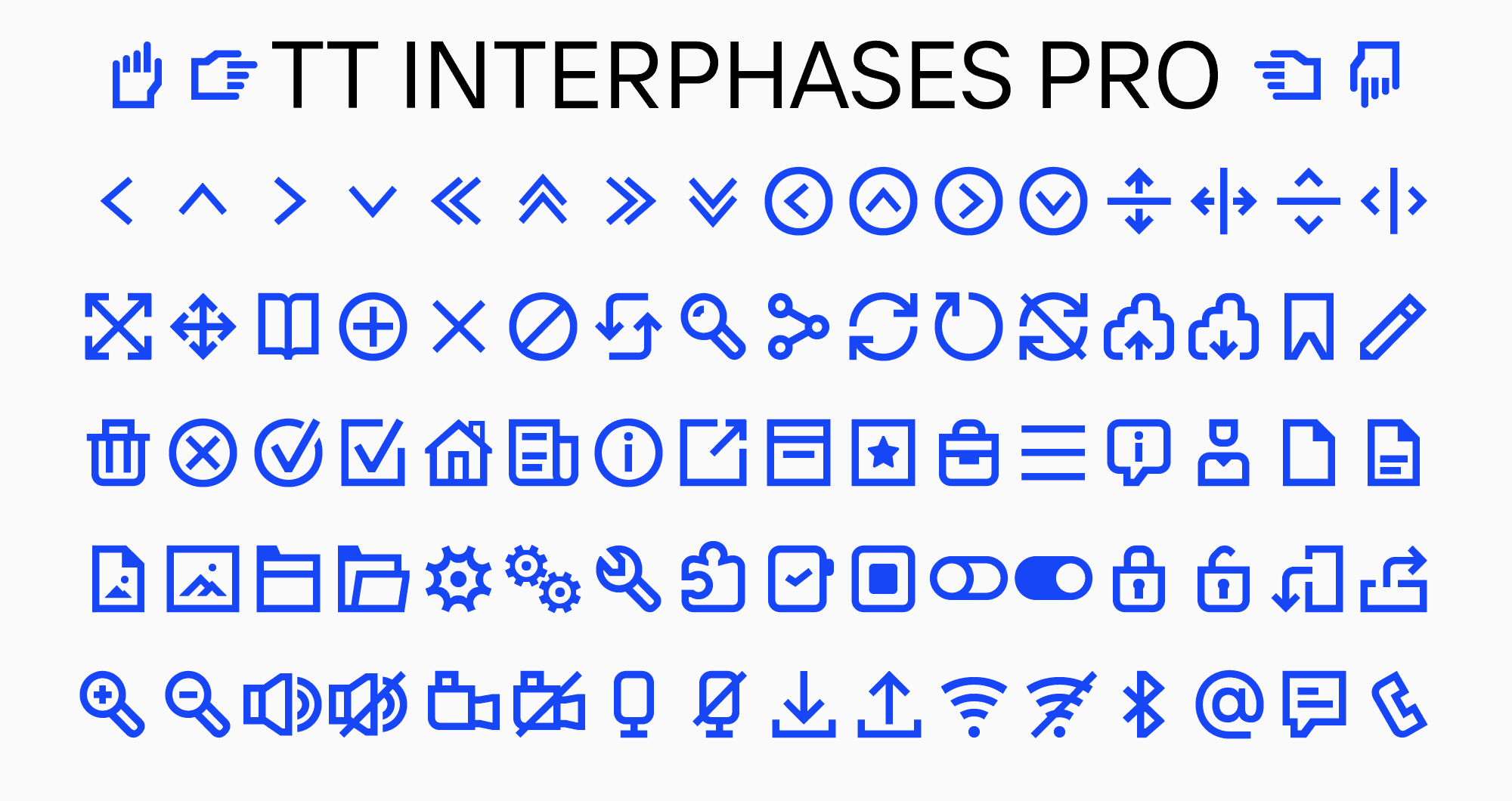
El versátil TT Neoris
TT Neoris es una tipografía multifuncional y camaleónica que puede adaptarse a cualquier proyecto. El diseño de los glifos en esta fuente es simple y minimalista, pero presenta algunos detalles peculiares. Dado que la tipografía fue diseñada para adaptarse a diversos usos, incluye íconos básicos como corazones, estrellas, manos, formas geométricas y caritas sonrientes.
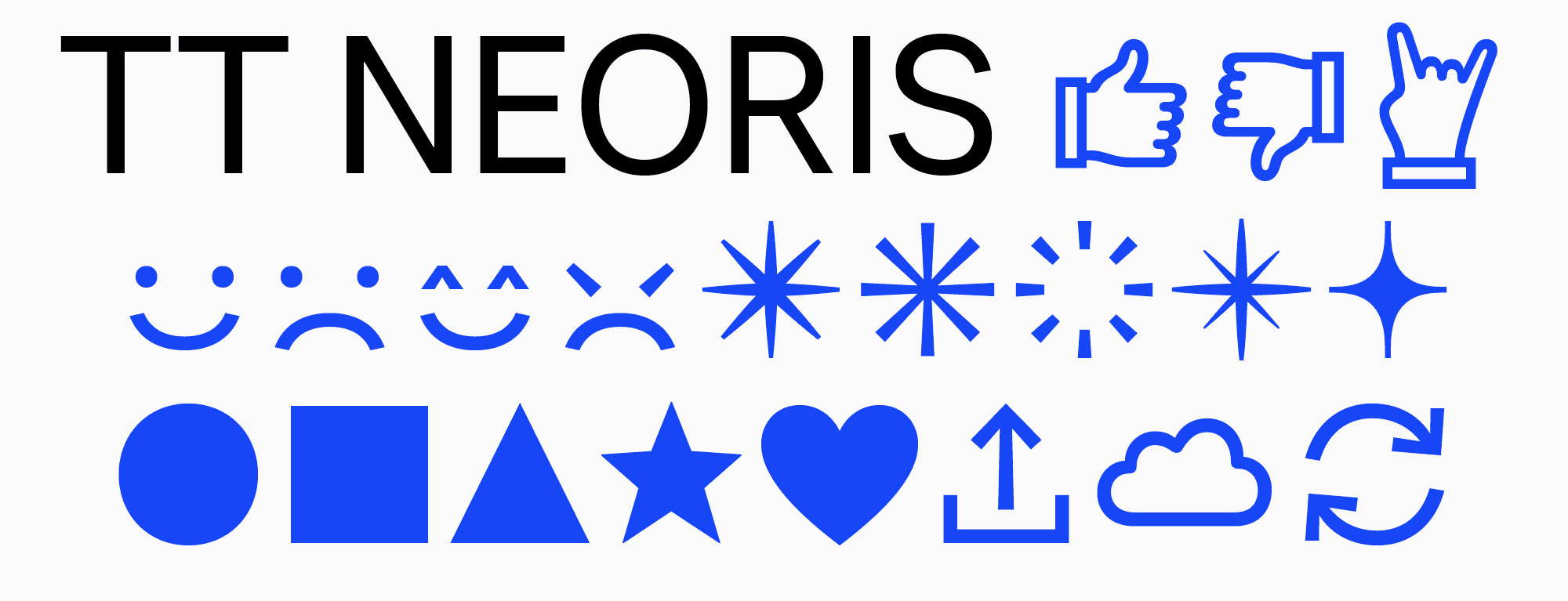
Gráficos de fuentes
Vale la pena mencionar otros elementos gráficos en las tipografías que no encajan en la categoría de íconos.
Iniciales en TT Ramillas
Uno de los ejemplos más curiosos es TT Ramillas. Después de diseñarlo, decidimos añadir algo más a esta fuente. Naturalmente, comenzamos con una investigación, lo que nos llevó a la decisión de crear un estilo de fuente con contornos y un conjunto de iniciales.
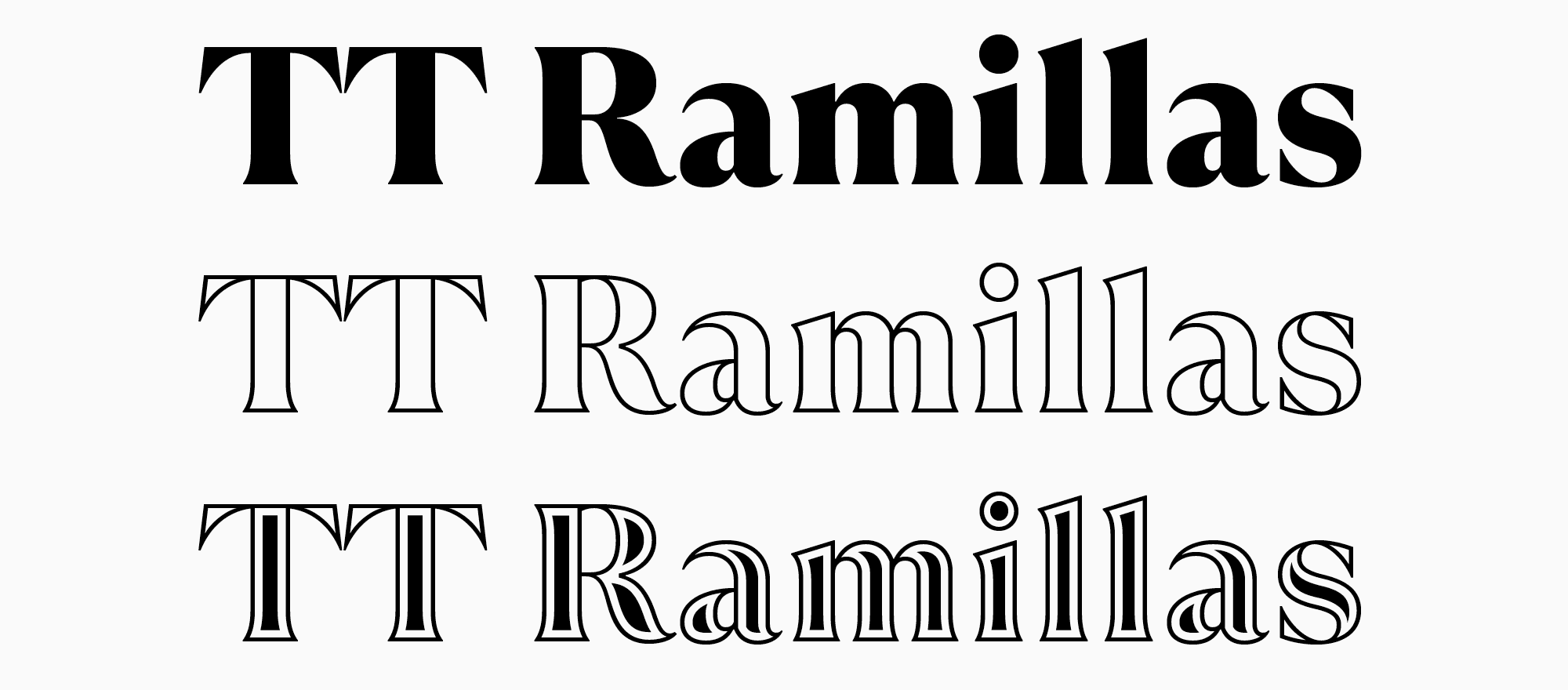
Creamos adornos individuales para cada letra. Para mantener los parámetros de variación, reducir el tiempo dedicado al diseño de las iniciales y minimizar la intensidad del trabajo, primero creamos elementos separados, como hojas, flores, tallos y espirales. Después, los combinamos, como un mosaico, para decorar cada letra.
Todos los elementos fueron añadidos como iconos individuales en la fuente. Los diseñadores pueden crear sus propios adornos a partir de ellos, usarlos como terminales o emplearlos como recursos para editar los glifos existentes si es necesario para el diseño de maquetas.

Fuentes con historia
Las fuentes que se enumeran a continuación tienen en común el hecho de contar con un trasfondo histórico. Cada tipografía se basó en un prototipo histórico, como fuentes de antiguos libros o inscripciones en placas antiguas. Esta característica distintiva también influenció los elementos gráficos: cada fuente presenta manicules como símbolos de navegación, no flechas.avigation symbols, not arrows.
TT Livret con gráficos de libros
Esta tipografía con serifas fusiona rasgos históricos con formas modernas. Para permitir el uso de TT Livret en libros y otras publicaciones periódicas, implementamos un conjunto completo de gráficos para maquetación de libros dentro de la tipografía, incluidas las viñetas.
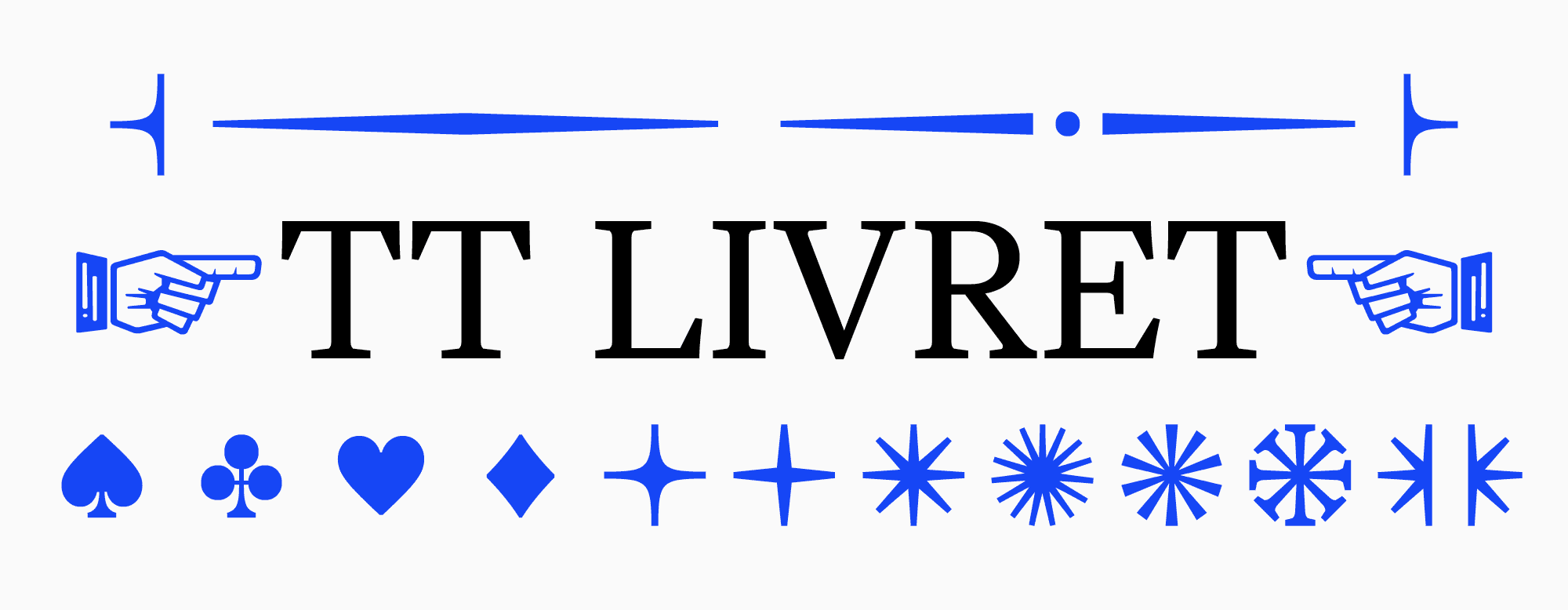
Adornos en TT Ricordi Marmo
En esta vibrante y moderna tipografía con serifas, los elementos de la sans serif Florentine se mezclan con opciones visuales más tradicionales. La tipografía cuenta con un conjunto de iconos ornamentales para una amplia variedad de propósitos. Pueden reemplazar ciertas letras para añadir elementos gráficos llamativos a los textos. También se pueden combinar para crear bordes y dingbats o simplemente usarse como iconos. Todos los elementos decorativos están adaptados para coincidir con las letras de la tipografía.
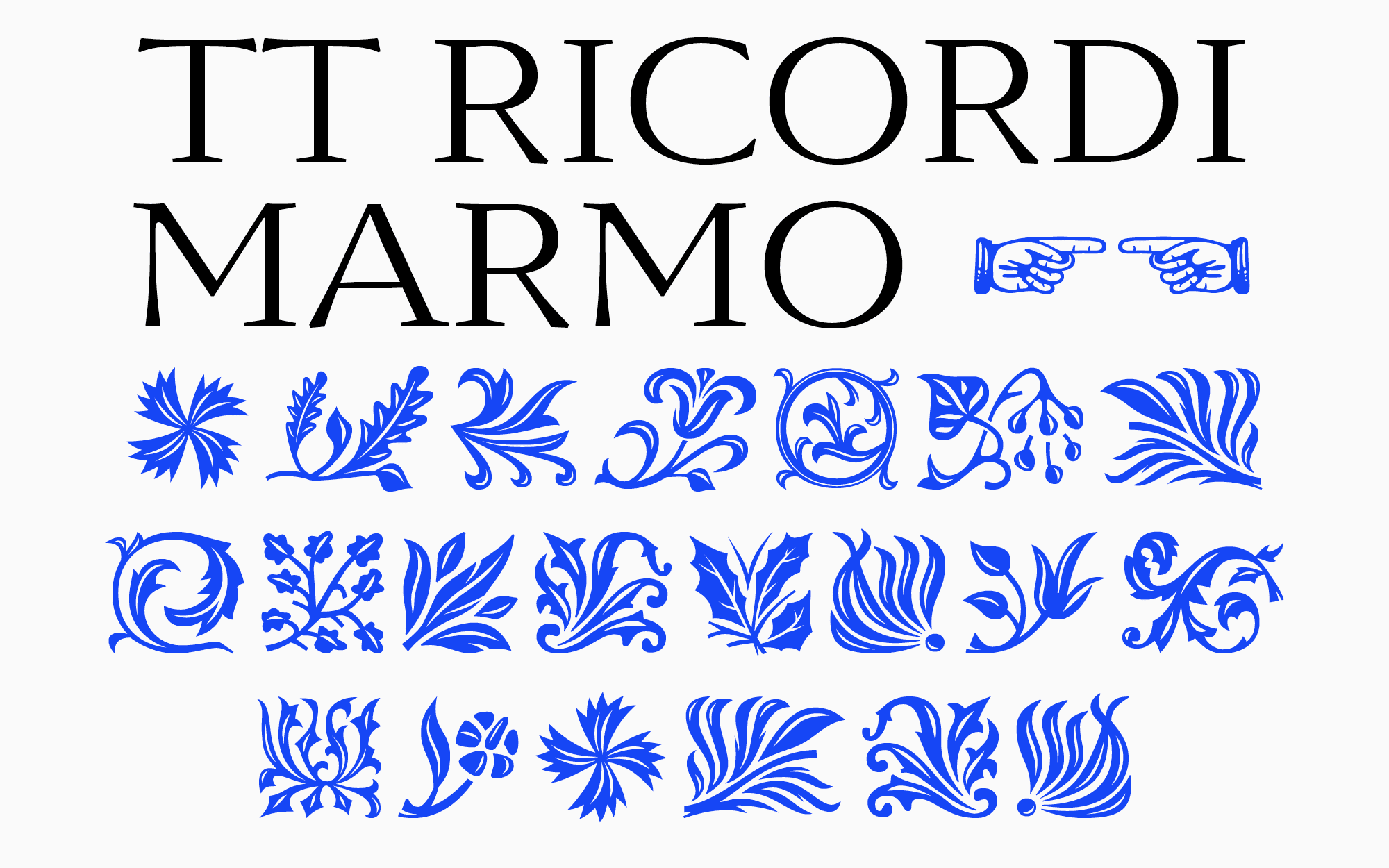
TT Ricordi Allegria
TT Ricordi Allegria es otra tipografía de la serie TT Ricordi inspirada en las inscripciones antiguas de la Basílica de la Santa Cruz, en Florencia. Esta elegante tipografía incluye varios iconos delicados, adecuados para crear dingbats y resaltar el lenguaje visual de la tipografía.
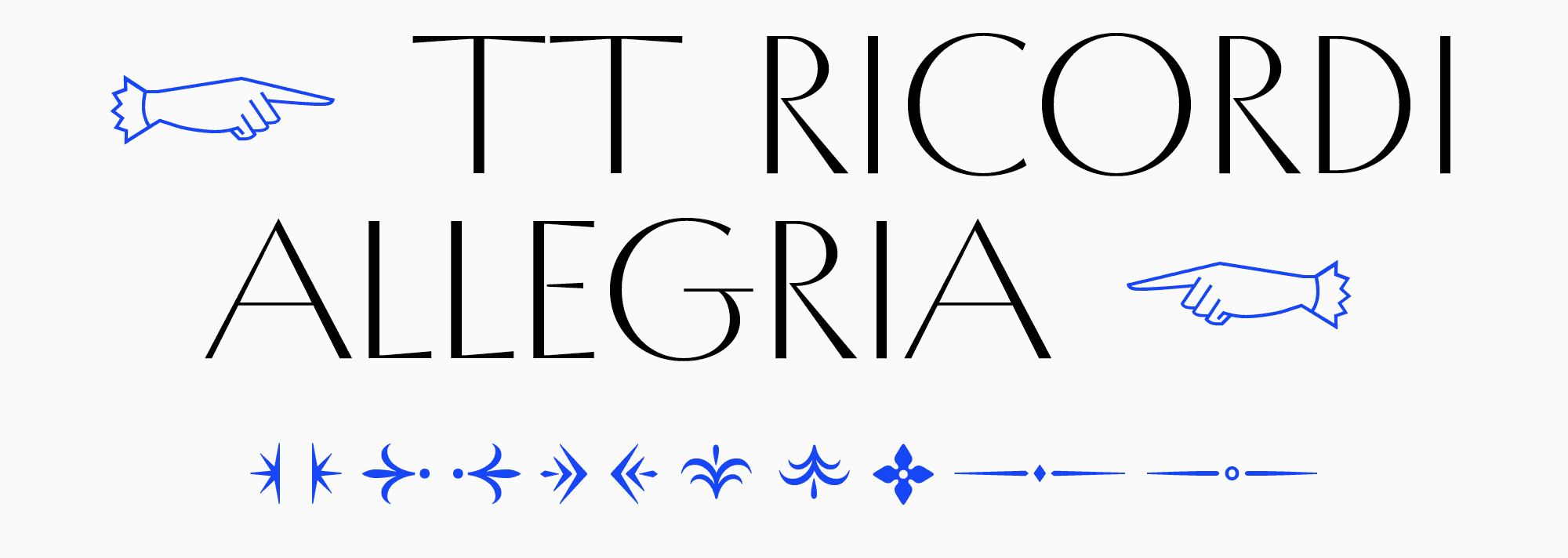
TT Marxiana
TT Marxiana es un proyecto de reconstrucción de un conjunto de fuentes utilizado en la revista llamada «Niva», publicada en San Petersburgo a finales del siglo XIX y principios del siglo XX. Las fuentes TT Marxiana se asemejan estrechamente a la apariencia de los originales, lo que convierte a esta tipografía en una herramienta ideal para diseñar una revista o un libro con estilo del siglo XIX. Los elementos gráficos de la tipografía incluyen alrededor de 30 señales decorativas de navegación: flechas, manos, tréboles, etc. La tipografía también ofrece la posibilidad de crear marcos decorativos.
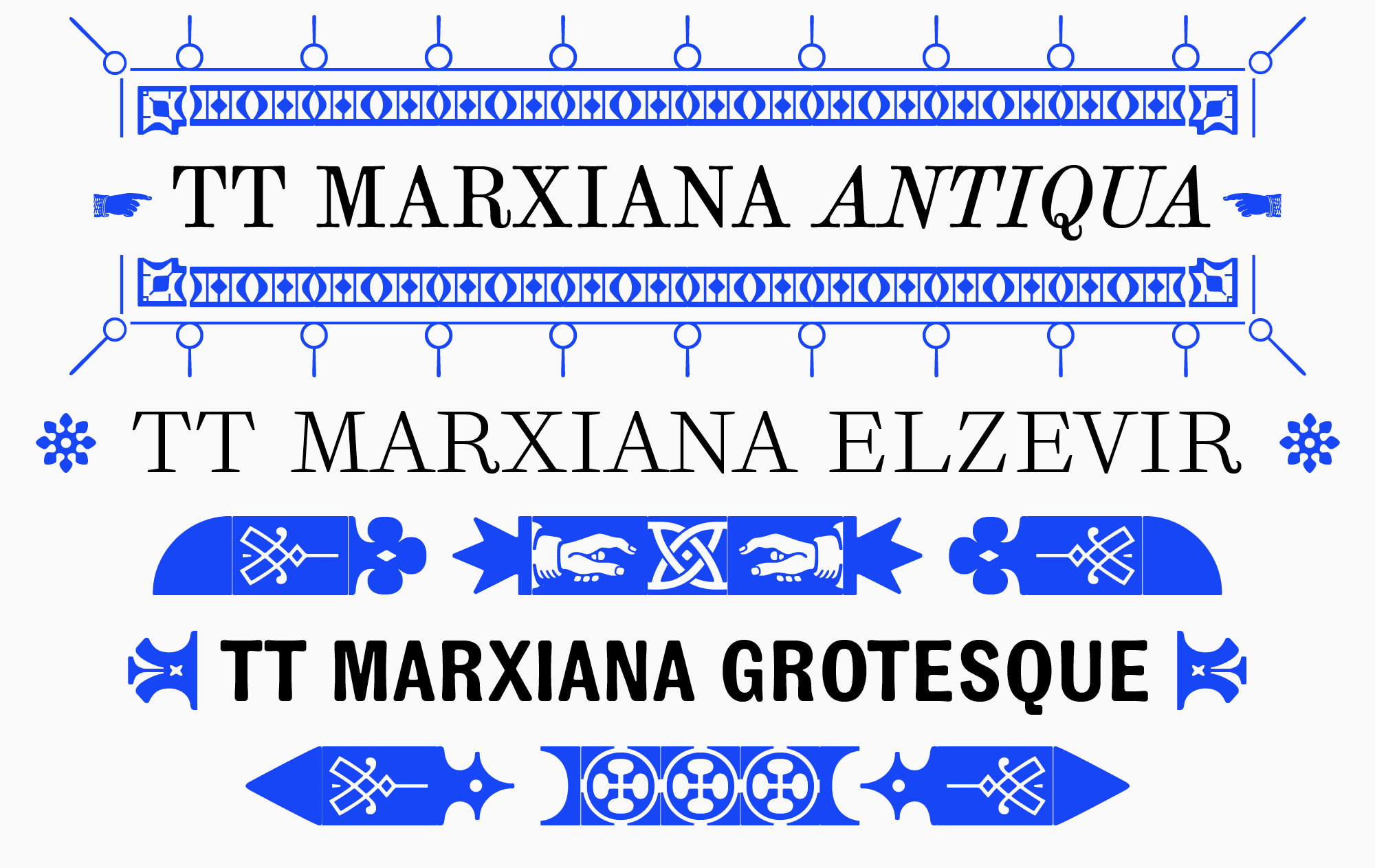
Conclusión
Resulta que los iconos en las fuentes no son solo un añadido peculiar para enfatizar el carácter de la tipografía; también son una excelente herramienta que amplifica las posibilidades del diseñador.



